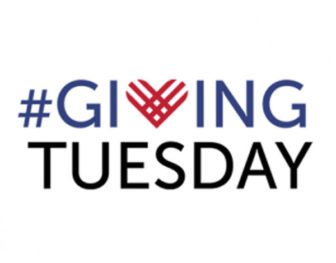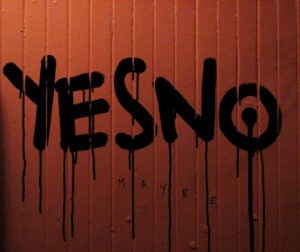
November 28, 2017, Crain’s Chicago Business
What do you do when a giving intermediary blocks out valuable time during fundraising season, requiring you to participate in the common cause of a joint campaign or go it alone? Nonprofits faced this quandary for decades in United Way campaigns, and now it seems many are facing the same dynamic, if not an imposed rule, in Giving Tuesday.
Although many nonprofits participate in these organized days of giving, for some, their efforts didn’t lead to an exact fit, and they either withdrew from the larger work to some degree or opted out altogether.
Since its inaugural year in 2012, Giving Tuesday, stylized as #givingtuesday for hashtag promotion, occurs online each Tuesday after Thanksgiving in the United States, though this signifier for generosity is practiced in some 100 countries. Created as a charitable alternative to the commercialization and consumerism epitomized on Black Friday and Cyber Monday, Giving Tuesday raised more than $180 million in 2016. NPQ has analyzed this giving initiative at its inception, in 2013, 2014, 2015, 2016, and in the run-up to this year’s campaign. This year, $274 million dollars was raised online in 24 hours from over 2 million donations. It is too early to estimate the total amount of funds raised internationally, but people in more than 150 countries participated in #givingtuesday this year.
Blackbaud, which will be one of many sites reporting, says that more than 7,200 organizations using its services raised more than $60.9 million on November 28, 2017, up 28 percent this year. While the Blackbaud report indicates that eight percent more of its client nonprofits participated this year, reporting for Crain’s, Lisa Bertagnoli writes that at least in Chicago some opted out, especially smaller organizations.
Sign up for our free newsletters
Subscribe to NPQ's newsletters to have our top stories delivered directly to your inbox.
By signing up, you agree to our privacy policy and terms of use, and to receive messages from NPQ and our partners.
Lumity organized a mission-themed online auction instead this year with a goal of raising $25,000. Giving Tuesday only raised several hundred dollars for them in previous years. Chicago Tech Academy also opted out this year. The charter high school just completed its annual fundraising campaign a week before, making the timing “awkward.” Most everyone agrees that Giving Tuesday is a force for good, but many smaller organizations do not believe they can compete well “with larger-staffed, deeper-pocketed organizations on the day.”
Goodcity Chicago, which supports social-enterprise entrepreneurs, raised $50,000 last year, half of which came from a matching donor. This year, Goodcity is participating in Giving Tuesday, but in a low-key way. “It’s passive,” says Jimmy Lee, president of the organization, which has a $3 million annual budget. The organization will make Giving Tuesday asks, and it has partnered with restaurants and sports organizations to give donors a chance to win gift certificates and other prizes. Goodcity’s donors “don’t want us to keep emailing them,” Lee says. “They want an experience.”
Meanwhile, on Black Friday, Amazon’s shares climbed and Jeff Bezos’s net worth rose to $100.3 billion, someone just paid $450 million for a painting, and provisions in the tax bills the House and Senate are considering will cost the nonprofit sector dearly. When Alice went through the looking glass, she found a world upside down. Lewis Carroll’s masterpiece was intended as a parody. We are beyond parody today.
Yet, initiatives like Giving Tuesday do arguably hold some balancing value. One of the hallmarks of Giving Tuesday is its purposeful support of the entire nonprofit sector. While large organizations benefit the most, even their promotions remind everyone to consider giving to their favored charities.
Our looking-glass world tries to teach us to accept reality, not change it; to forget the past, not learn from it; to accept the future, not change it. Instead of impotence, amnesia, and resignation, Giving Tuesday, even if relatively incidental in its impact, encourages us to imagine and to continue to work for a more just world. And, provided it is seen in that light rather than as an imperative that all nonprofits must follow, it may even play a role in helping our sector achieve that vision.—Jim Schaffer












